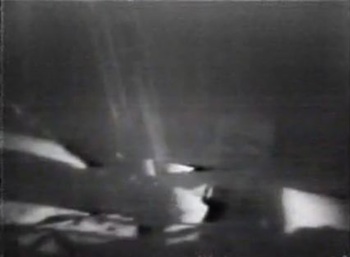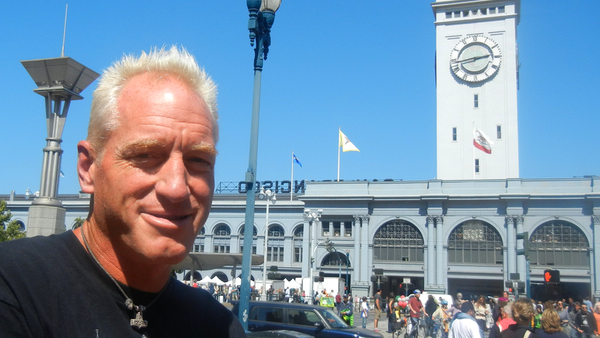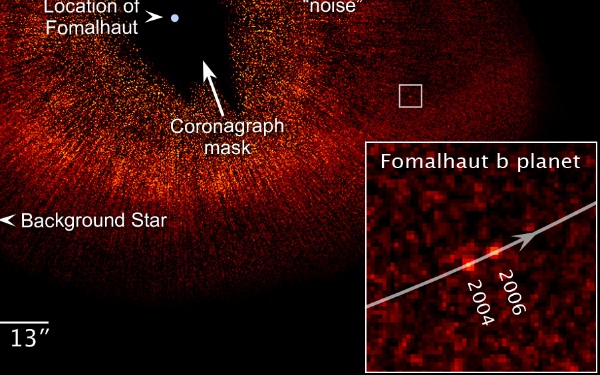[This post is part of the series 50 to 50, started last year to mark my 50th birthday. One post per year, y’see. The series ground to a halt due to a combination of work and personal pressures, as well as finding that such intense reminiscences of my own past were emotionally draining. The series has now been resumed.]

The 1960s were the Space Age. And since I was a bright male child of that decade, my thoughts were dominated by the events, images and themes of space exploration.
It doesn’t look much now, but this photo was the very pinnacle of all that. Or perhaps the apogee. Neil Armstrong stepping onto the surface of the Moon. One small step etc, taken from the original TV footage.
I was mesmerised — even though half the time my nine-year-old self couldn’t figure out what was going on. I’d been following the story as it unfolded in the newspapers, reading every word and memorising every diagram. It was front page news every day. But the TV images were just crap.
Of course the reason they were crap was the circuitous journey they took from the Apollo mission’s slow-scan TV cameras. The signal was compressed from arsehole to breakfast time and bounced from the Moon to the Parkes Radiothermal Telescope in rural New South Wales, then somehow to NASA Mission Control in Houston where the audio was mixed in, then back to Australia to the TV stations, and finally out through the normal broadcast chain.
It’s a miracle they arrived at all, as the film The Dish portrayed — along with its historical inaccuracies.
But historians and popular culture tell us that the world stopped to watch these blurry images, and we all remember where we were. And it’s true.
Continue reading “50 to 50 #9: The Space Age”



